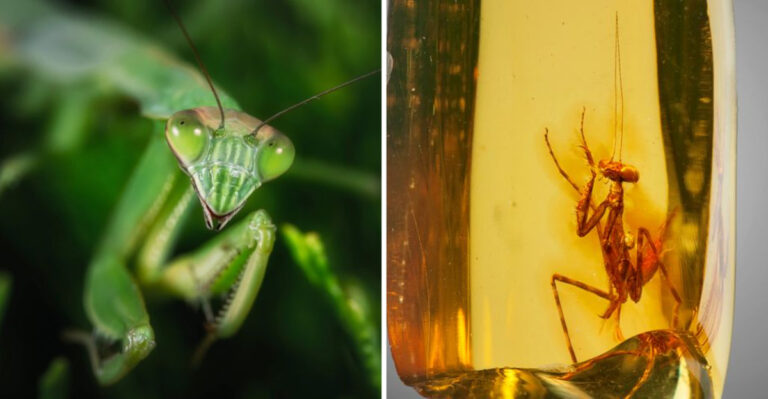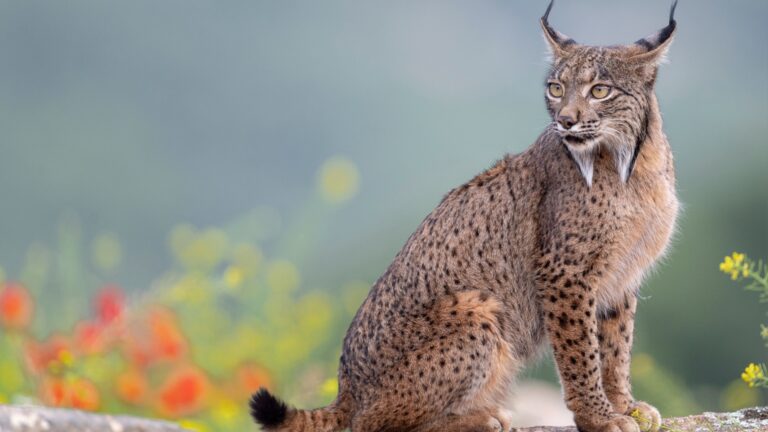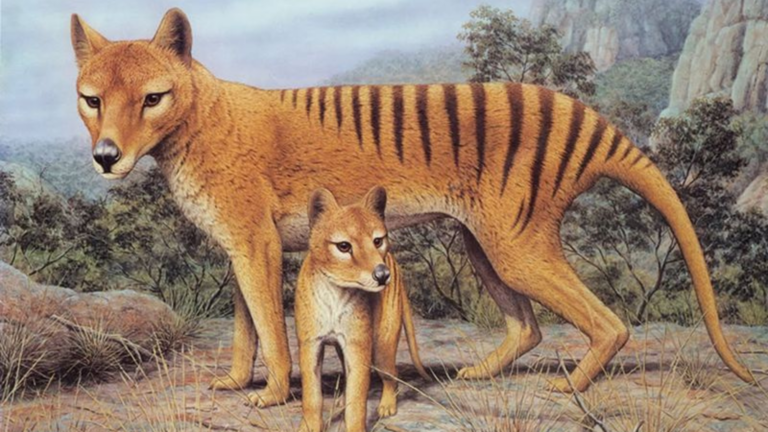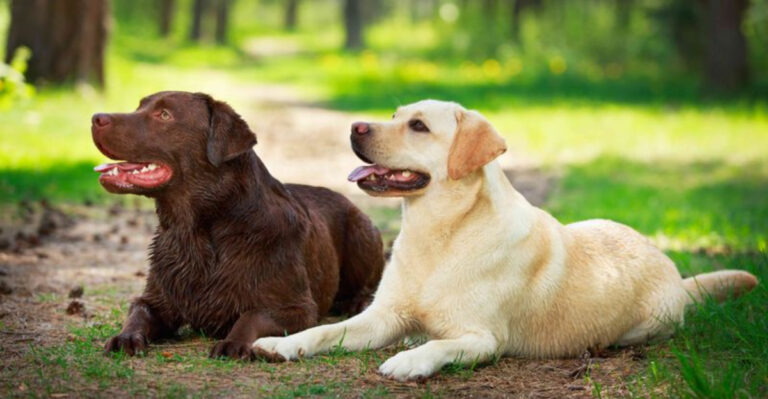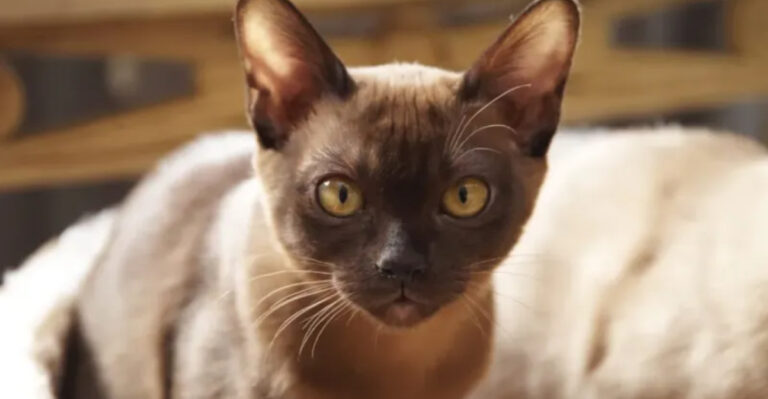Fossil Gut Reveals Ancient Dinosaur’s Secret To Digesting Plants Without Chewing
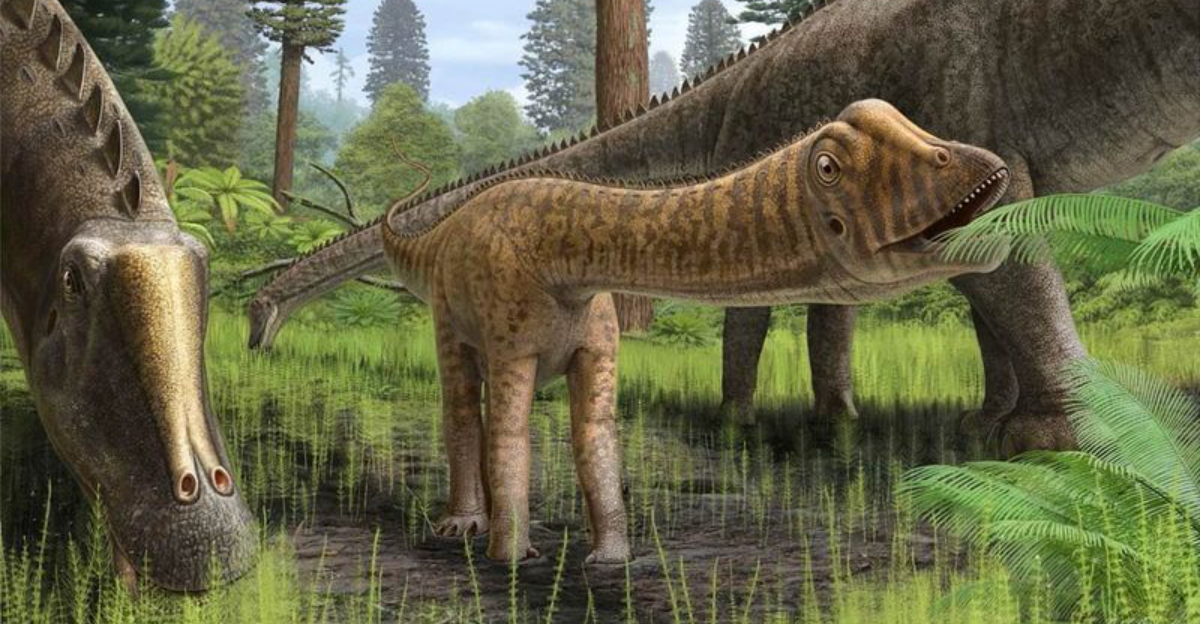
Scientists have made a groundbreaking discovery about how some dinosaurs processed their leafy meals without even chewing them.
A remarkably preserved fossil gut from a 101-million-year-old dinosaur shows these ancient giants had a special digestive system that broke down tough plant material. This discovery is changing everything we thought we knew about dinosaur eating habits and might even help us understand modern plant-eaters better.
Unveiling The Secret Of Plant Digestion In Dinosaurs
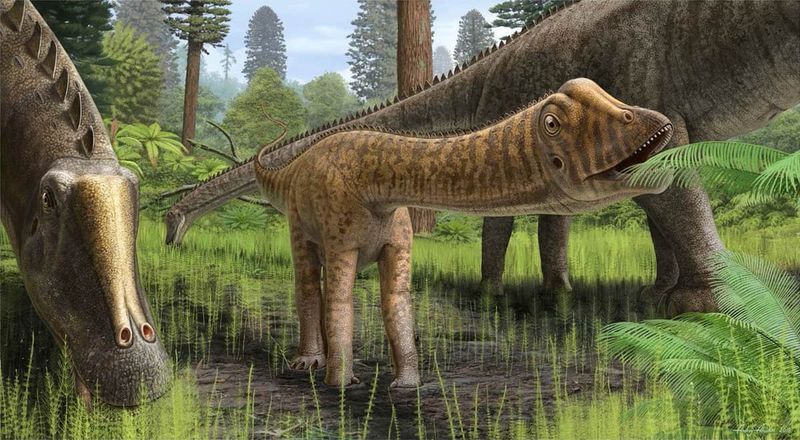
The fossilized gut reveals dinosaurs used gastroliths – stomach stones – to grind plants inside their bellies instead of with teeth.
These smooth stones tumbled around in their stomachs, crushing tough plant material into smaller bits that bacteria could break down.
It’s like having a rock tumbler inside your stomach doing all the chewing work for you!
What The Fossil Gut Reveals About Dinosaur Digestion
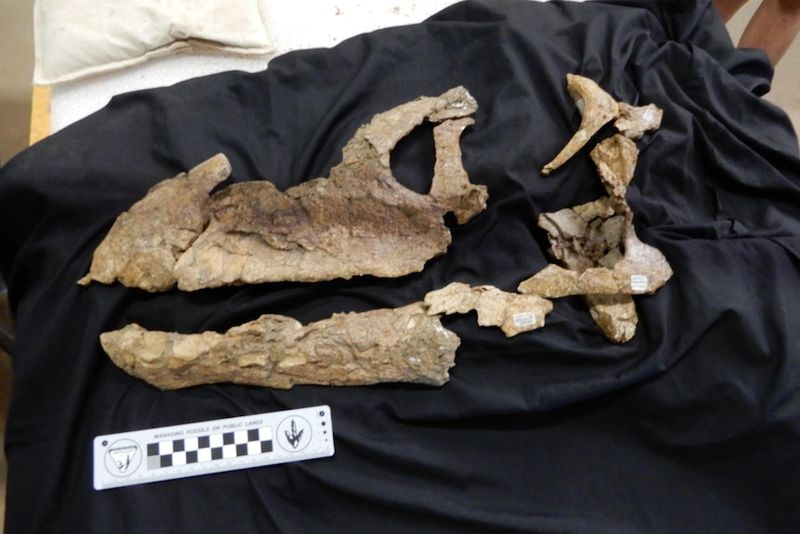
Ancient plant-eaters had super-sized fermentation chambers in their guts, much bigger than modern animals have today.
Inside these chambers, special microbes worked overtime breaking down tough plant fibers that would be impossible to digest otherwise.
Scientists found traces of these fermentation chambers preserved as dark, carbon-rich areas in the fossil.
Understanding The Role Of Bacteria In Prehistoric Digestion
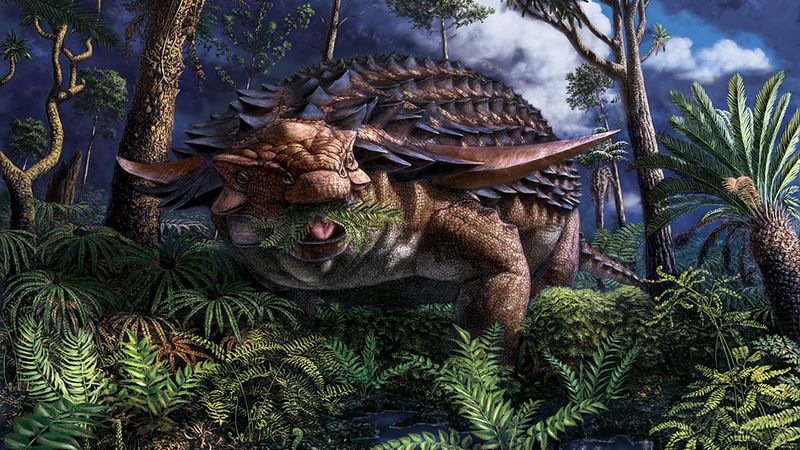
Microscopic analysis revealed fossilized bacteria in the dinosaur gut! These tiny helpers broke down cellulose – the tough stuff in plant cell walls that most animals can’t digest.
Without these bacterial buddies, dinosaurs would have starved even with stomachs full of plants.
The relationship between dinos and their gut bacteria was a partnership millions of years in the making.
How The Dinosaur Digesting Plants Without Chewing Changes Our Understanding
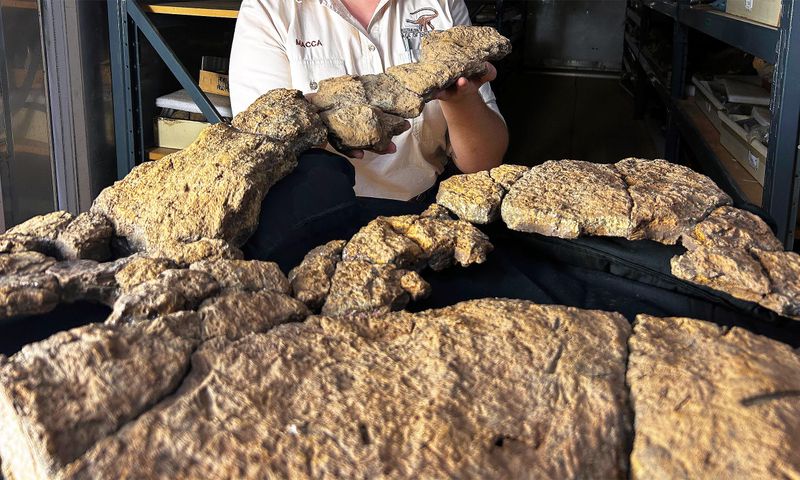
Before this discovery, scientists thought all plant-eating dinosaurs needed grinding teeth to process their food.
Now we know some species evolved completely different strategies! This changes our understanding of dinosaur evolution and shows there were multiple paths to becoming successful plant-eaters.
It’s like finding out some people can digest pizza without even taking a bite!
The Importance Of Gut Microbes In Ancient Herbivores
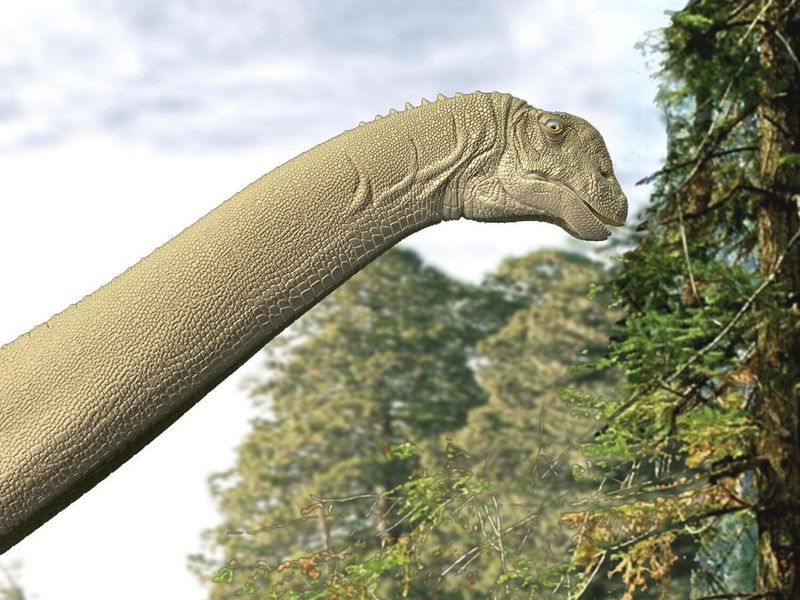
The fossil shows ancient dinosaurs hosted entire ecosystems of microorganisms in their digestive tracts.
These microscopic communities included bacteria, fungi, and possibly even tiny protozoans all working together to extract nutrients from plants.
Some scientists believe these gut communities were so specialized that different dinosaur species had their own unique microbial signatures.
What Fossilized Plant Material Can Teach Us About Dinosaur Diets
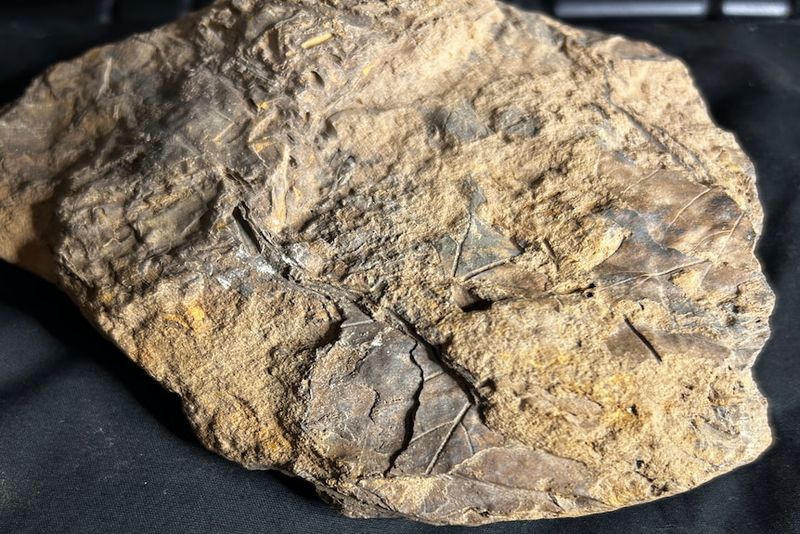
Incredibly, researchers found actual plant fragments preserved in the fossil gut! These bits included ferns, conifers, and early flowering plants.
The plants show minimal tooth marks, supporting the theory these dinosaurs swallowed vegetation whole.
By analyzing the plant types, scientists can reconstruct the ancient environment and determine exactly what was on the dinosaur’s menu.
Why This Dinosaur Didn’t Need To Chew
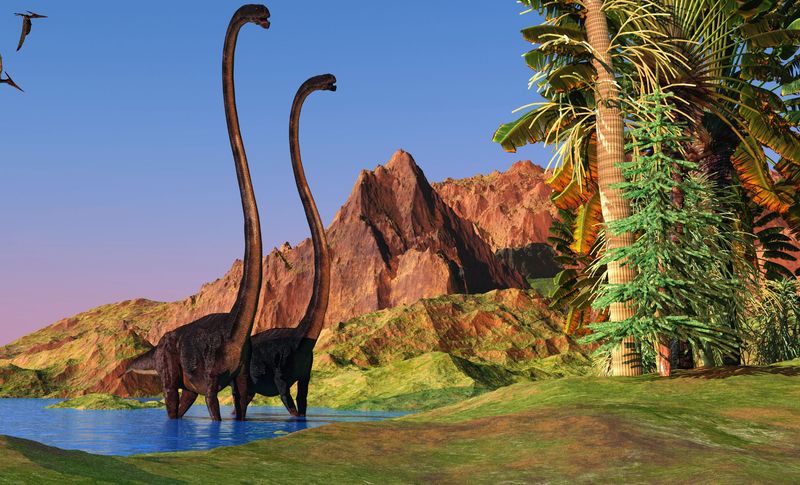
Fermentation was the secret superpower of these dinosaurs! Just like in modern cows, this process released energy from plant fibers through bacterial action.
The fossil shows an enlarged hindgut where fermentation happened – much longer than in any living animal today.
This extra-long fermentation chamber gave the dinosaur plenty of time to break down even the toughest plants.
Examining The Plant Fragments Found In The Fossil Gut
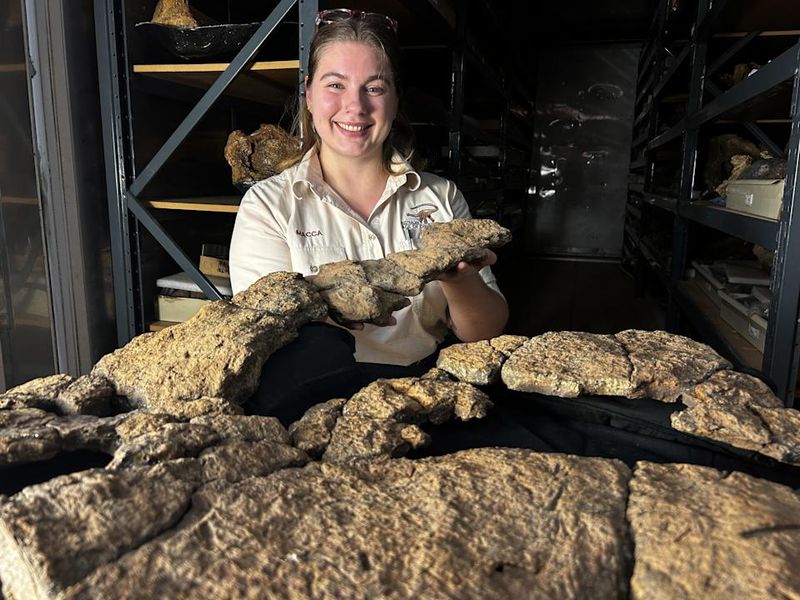
Chemical analysis of the plant remains reveals something surprising – many contained toxins that would poison modern animals!
The dinosaur’s gut bacteria must have evolved special abilities to detoxify these dangerous compounds.
Scientists discovered evidence of bacterial enzymes that could break down these poisons, allowing the dinosaur to eat plants other animals couldn’t touch.
How This Discovery Challenges Previous Assumptions About Dinosaur Digestion

For decades, paleontologists believed dinosaurs with small heads and long necks must have processed food in gizzards, like birds do today.
The new fossil evidence suggests a completely different approach – minimal processing followed by intensive bacterial fermentation.
This means we need to redraw anatomical reconstructions of many dinosaur species to account for their specialized digestive systems!
The Significance Of Gut Microbiota In Ancient Ecosystems
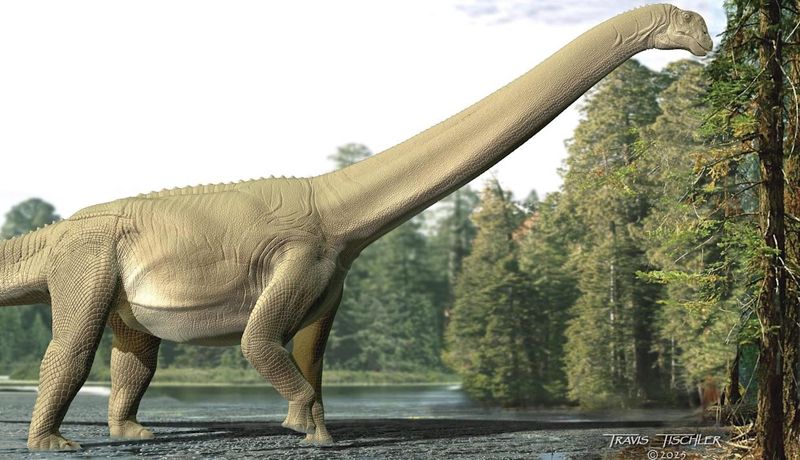
The dinosaur’s gut bacteria didn’t just help with digestion – they shaped entire ecosystems! By breaking down plant material that would otherwise accumulate, these microbes recycled nutrients back into the environment.
Without these invisible helpers, ancient forests might have looked completely different.
The fossil provides the first direct evidence of this crucial ecological relationship.
A Look At The Dinosaurs’ Evolutionary Adaptations For Plant Consumption
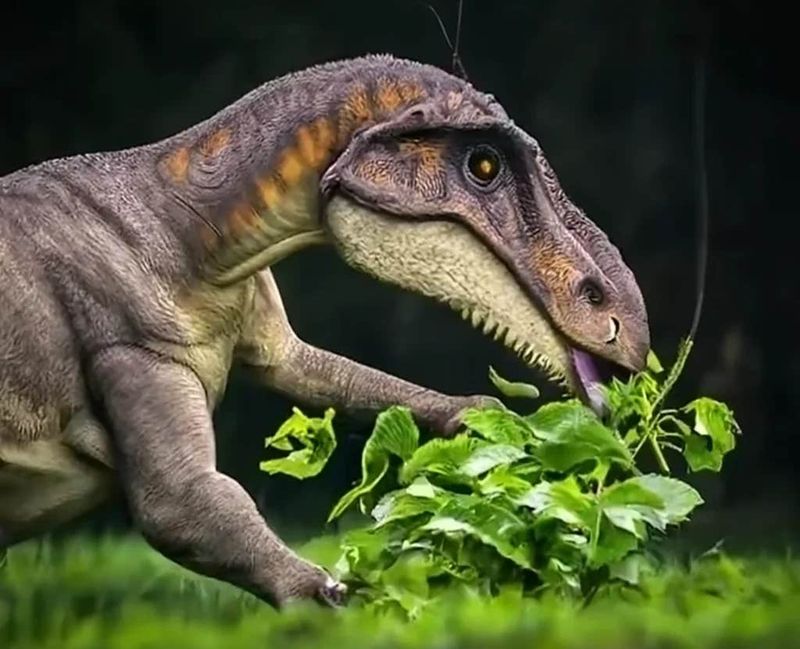
The fossilized gut shows specialized pouches that stored food for extended periods – something not seen in any living animal today.
These pouches allowed for continuous fermentation as the dinosaur moved around.
Most fascinating is the spiral valve structure that slowed food passage, giving bacteria maximum time to extract every bit of nutrition from tough plant material.
What The Fossilized Gut Tells Us About the Dinosaur’s Feeding Habits

Seasonal variations appear in the gut contents! Different plant layers suggest this dinosaur changed its diet throughout the year as different vegetation became available.
The bottom layer shows ferns and horsetails from spring, while upper layers contain conifer needles typical of winter diets.
This seasonal flexibility might explain how these giants survived when food sources changed.
The Future Of Paleontological Research
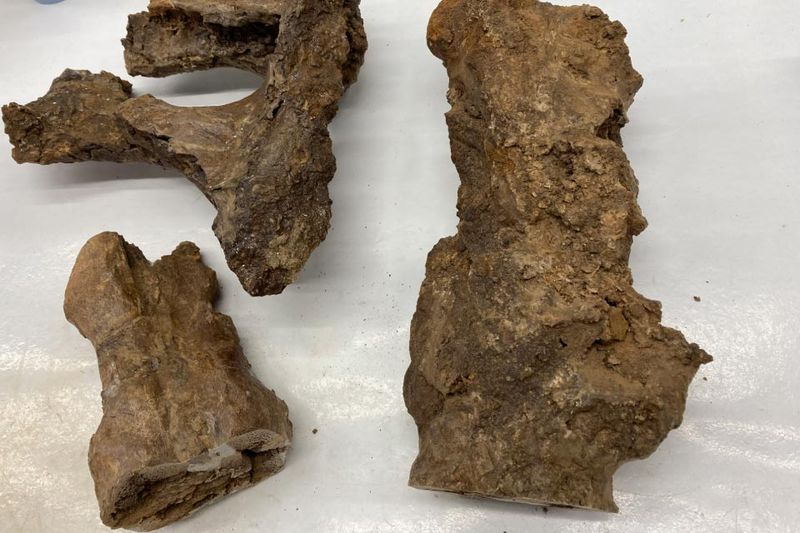
This remarkable fossil is revolutionizing how scientists study extinct animals! New techniques like molecular paleontology can now identify ancient proteins and DNA fragments from gut bacteria.
Researchers are applying these methods to other fossils, hoping to discover more digestive secrets.
Some scientists believe understanding ancient gut systems could even help develop new probiotics or plant-processing technologies for today’s world.

